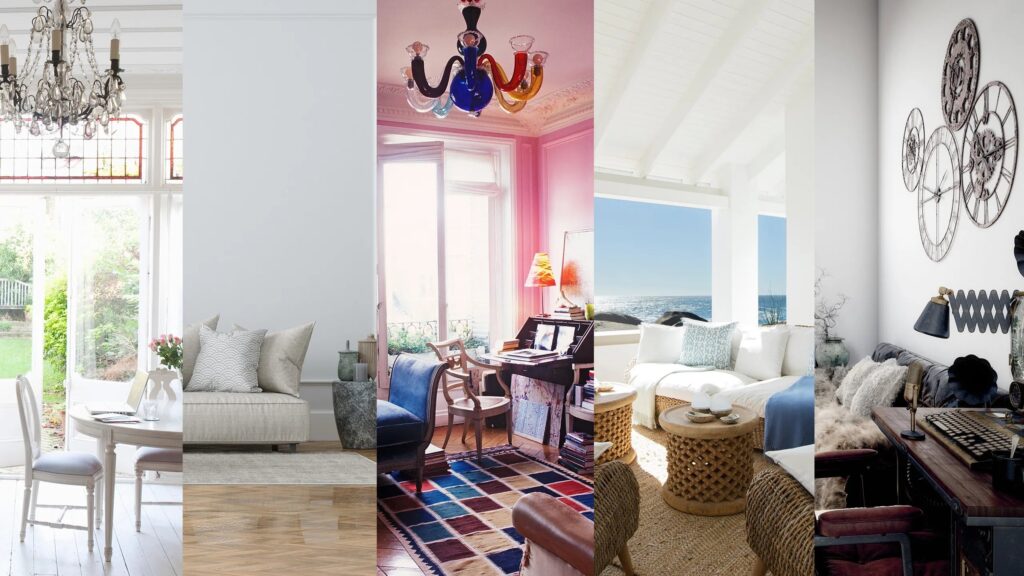
WDCA | The Evolution of Interior Design
Interior design has come a long way since its inception, transforming into a discipline that encompasses not only aesthetics but also functionality, sustainability, and user well-being. In its early stages, interior design focused on ornamentation and decoration, paying little attention to how the environment affected those who inhabited it. However, over time, designers have begun to consider aspects such as ergonomics, natural light, colors, and how these influence the mental and physical health of individuals. This shift in focus has led to a greater understanding of the importance of creating spaces that are not only beautiful but also healthy and comfortable.
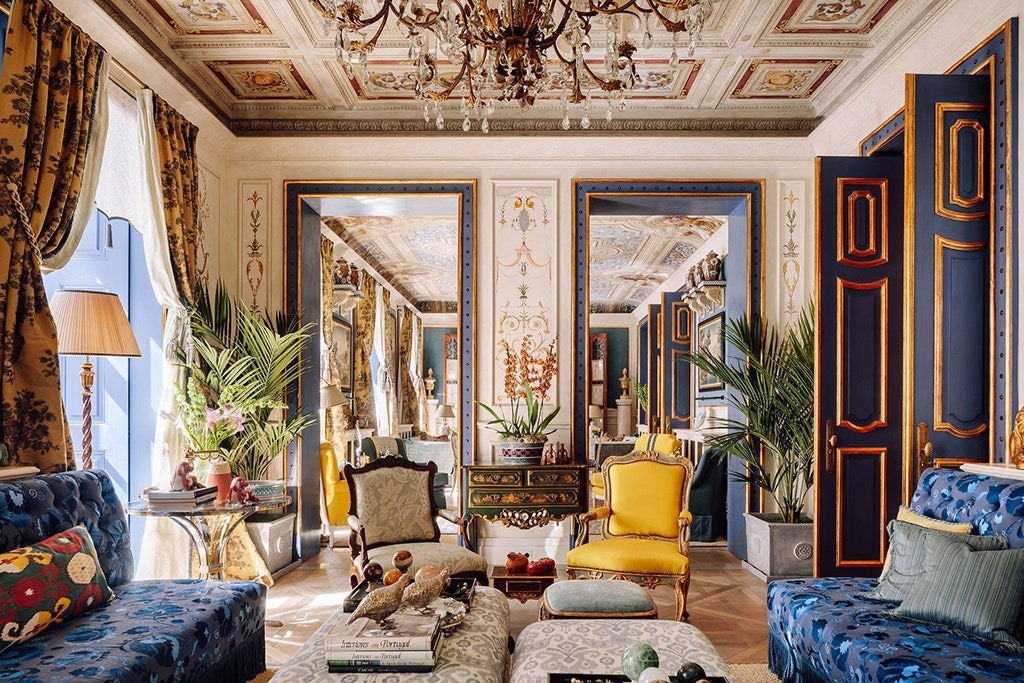
Interior Design Today
Today, interior design seeks to balance aesthetics with functionality. This means that each element in a space must have a clear purpose and contribute to the user’s well-being. Additionally, sustainability has become a priority, with designers opting for eco-friendly materials and practices that minimize environmental impact. For example, using low-consumption furniture and incorporating plants into the design not only beautifies the space but also improves air quality and fosters a relaxing atmosphere.
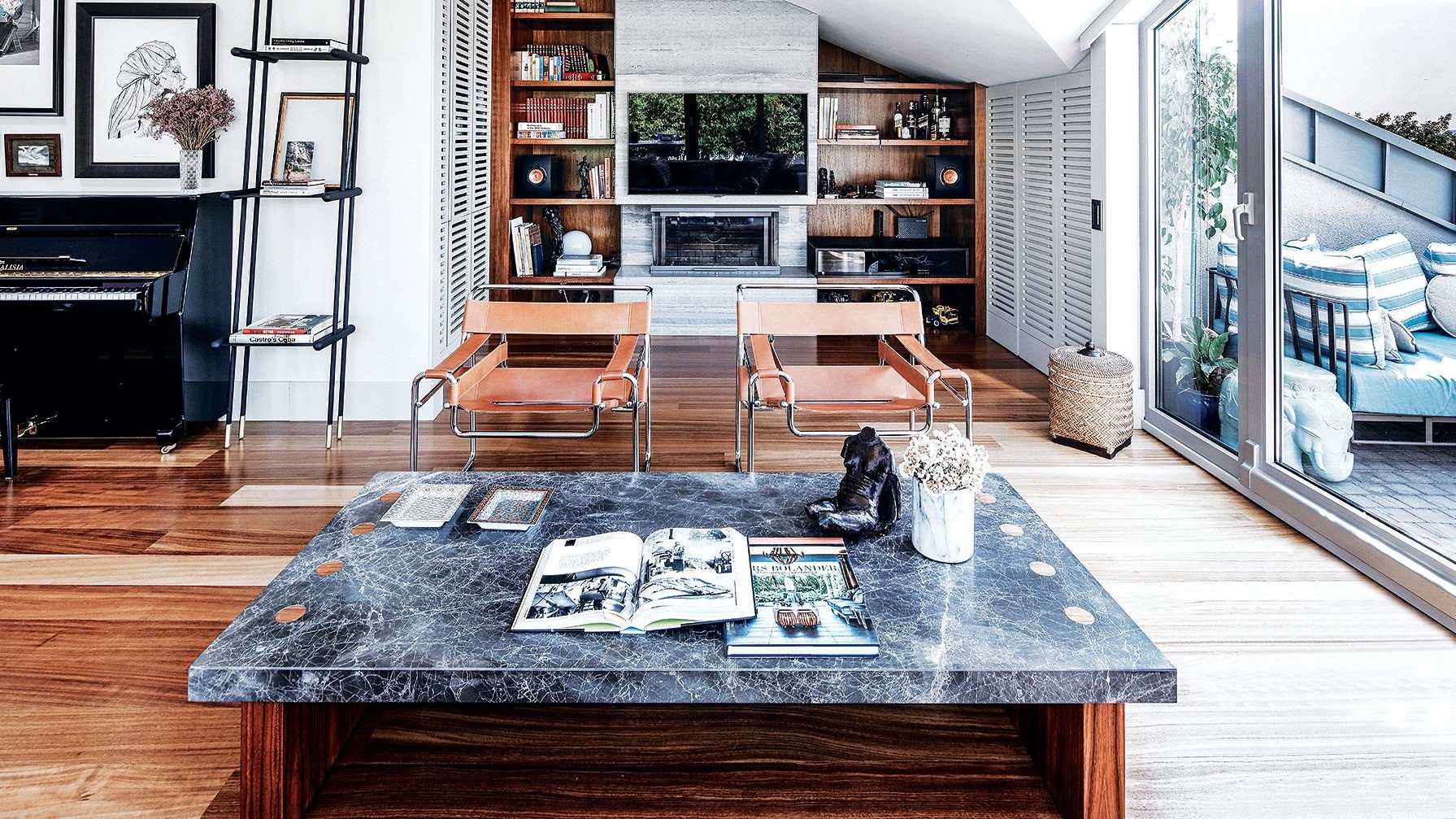
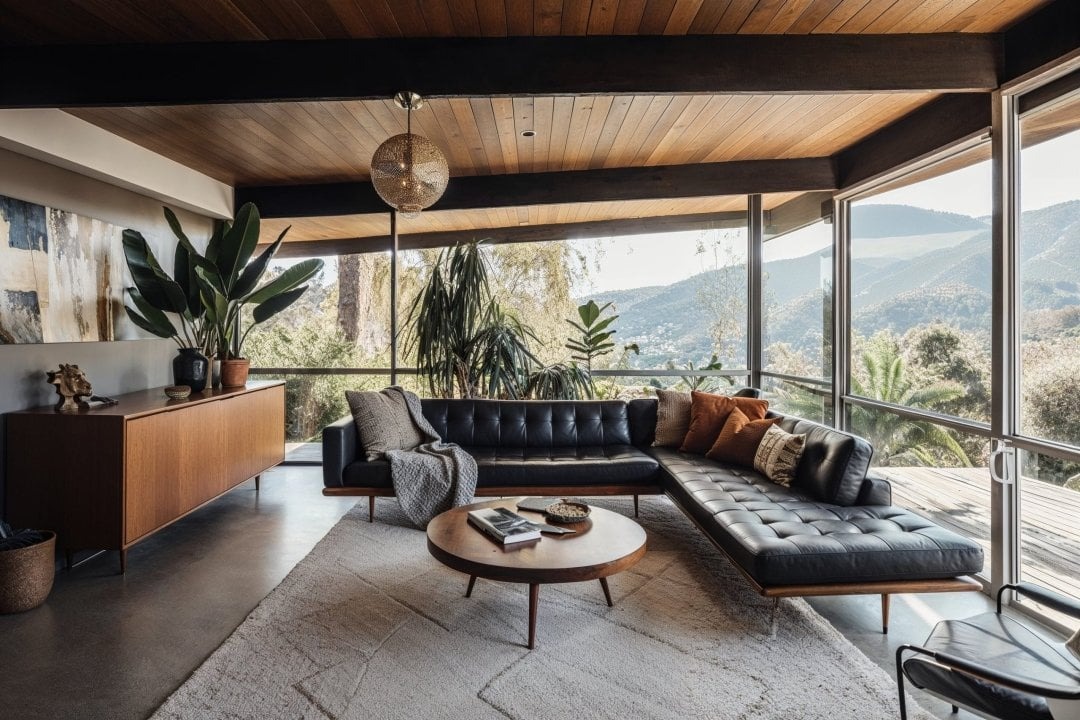
Digital tools & design software that have influenced interior design.
the advent of digital tools and design software has greatly influenced the field of interior design. Programs such as AutoCAD, SketchUp, and 3ds Max allow designers to create detailed, realistic models and renderings, making it easier to visualize a space before it is built. Additionally, virtual reality (VR) and augmented reality (AR) technologies enable clients to experience immersive walkthroughs of their spaces, enhancing collaboration and decision-making. These tools not only streamline the design process but also open up creative possibilities that were previously unimaginable, pushing the boundaries of what can be achieved in interior design.
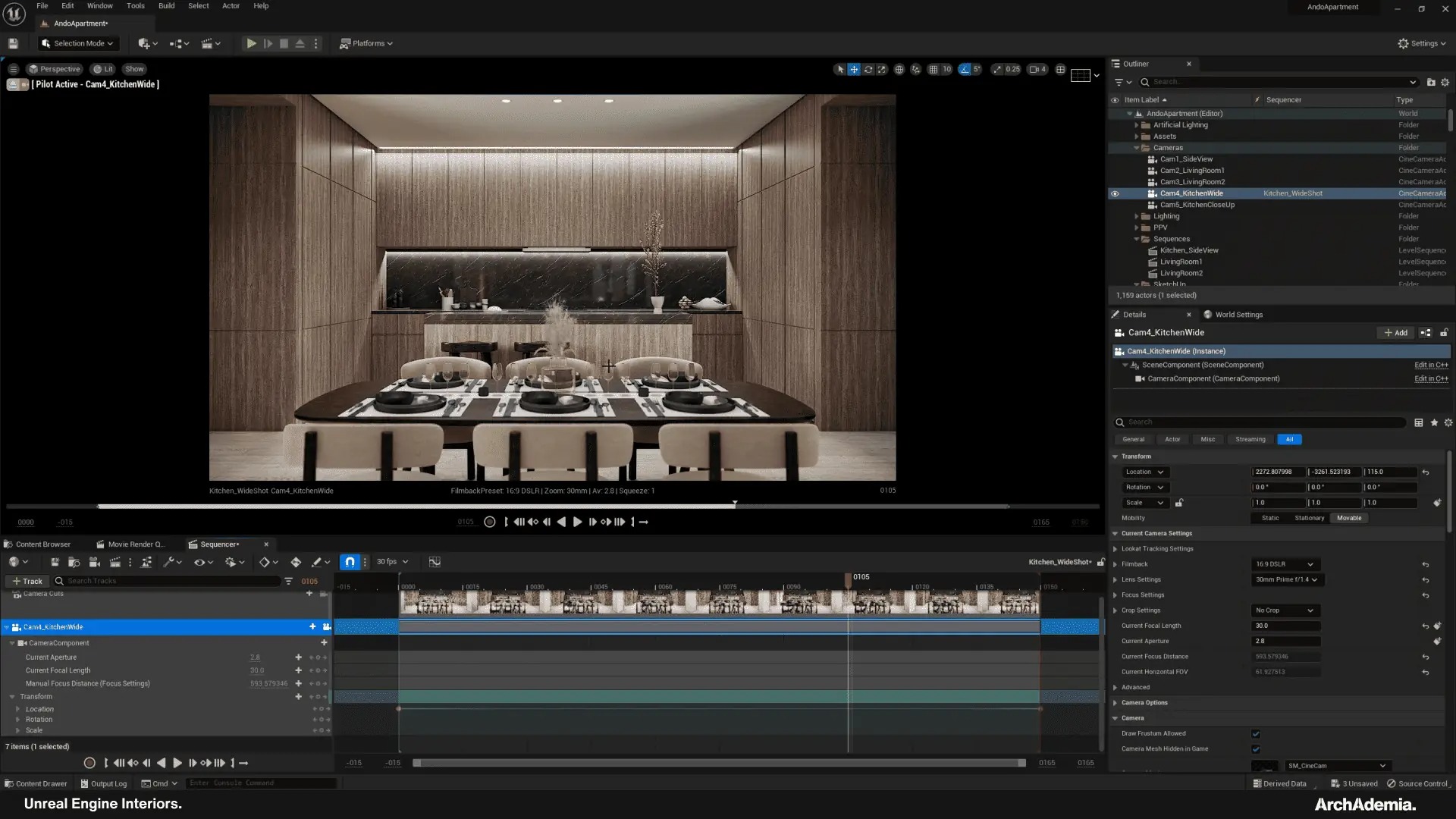
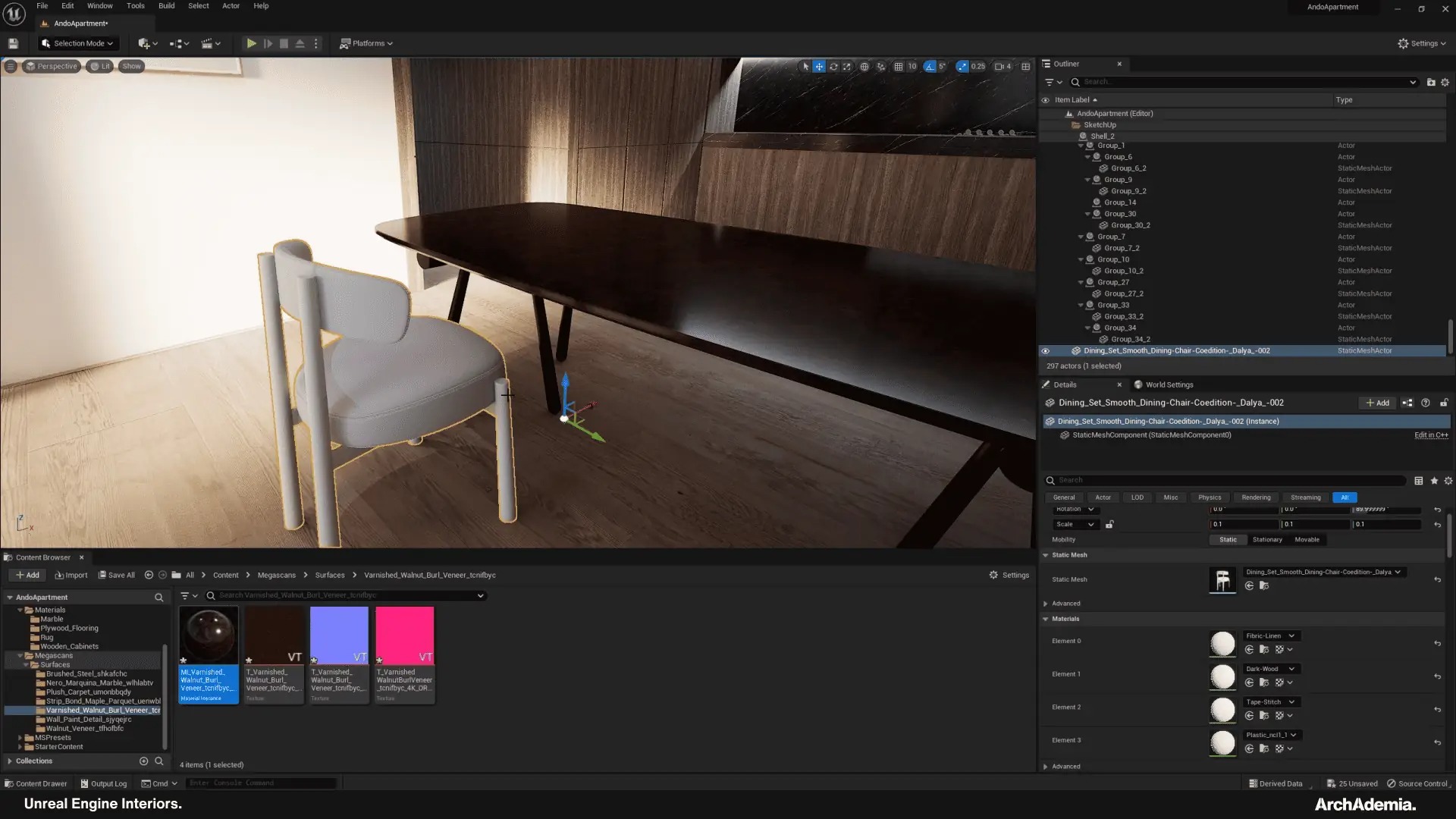
Common Questions:
How has interior design changed over the years?
It has evolved from focusing solely on decoration to including aspects of functionality and well-being.What importance does sustainability have in modern interior design?
It is crucial, as designers seek to minimize environmental impact and promote eco-friendly practices.How are colors chosen in interior design?
Factors such as color psychology, lighting, and the purpose of the space are considered.What role do furniture play in the functionality of a space?
Furniture must be carefully chosen to complement the layout of the space and facilitate movement.- Is it necessary to hire a professional interior designer?
While it is not essential, a designer can provide valuable knowledge and experience to maximize the potential of a space.
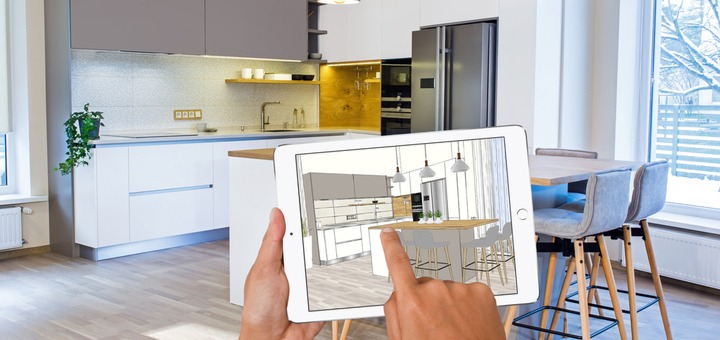
Conclusion: Interior design has evolved significantly, transitioning from a discipline focused solely on decoration to one that balances aesthetics, functionality, and well-being. Today, designers consider factors such as ergonomics, lighting, sustainability, and their impact on users’ mental and physical health. This more holistic approach allows for the creation of spaces that are not only visually appealing but also healthy and environmentally conscious. Hiring a professional designer can be an asset to maximize the potential of any space, ensuring that each element has purpose and contributes to a harmonious and functional environment.
Projects: https://wd-ca.com/projects